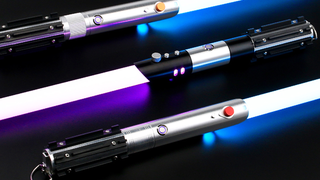JPSS-2 will join a fleet of satellites in a Sun-synchronous orbit from where it will gather data for global weather models by monitoring wildfires, measuring sea surface temperatures, and noting harmful algal blooms in the ocean. Scientists will use this data to generate weather forecasts across the globe and track extreme weather events.
Advertisement
As JPSS-2 separates from the rocket to reach its orbit, its payload companion will begin its journey back down to Earth. The LOFTID heat shield will separate from the rocket’s upper stage following a deorbit burn. LOFTID will then inflate and reenter Earth’s atmosphere to demonstrate its capabilities. The experiment is designed to slow down spacecraft, thereby protecting their payloads from the scorching-hot temperatures caused by atmospheric reentries—and not just Earth’s atmosphere, but those of other planets as well.
“The technology could be further developed to support crewed and large robotic missions to destinations such as Mars, Venus, and Titan, as well as returning heavier payloads to Earth,” according to NASA.
G/O Media may get a commission

*lightsaber hum*
SabersPro
For the Star Wars fan with everything.
These lightsabers powered by Neopixels, LED strips that run inside the blade shape that allow for adjustable colors, interactive sounds, and changing animation effects when dueling.
Advertisement
The launch of the Atlas 5 rocket was originally scheduled for November 1, but it was delayed due to a faulty battery. On October 29, NASA announced that the Centaur’s upper stage battery needed to be replaced and the rocket was cleared for launch five days later.
This will be NASA’s 23rd launch on an Atlas 5 rocket, but the last time the space agency will use ULA’s Atlas 5 for its Launch Services Program (commercial launches of uncrewed missions). In its place, ULA is hoping to debut its upcoming Vulcan Centaur rocket by early next year.
Advertisement
More: Amazon’s First Internet Satellites Will Launch on an Unproven Rocket